All eyes are on Cape Canaveral, Fla. today as NASA prepares to launch it’s OSIRIS-REx spacecraft to intercept an astroid that has raised some concerns after it made its way onto the Near Earth Program’s list of Potentially Hazardous Astroids.
The astroids name is Bennu and it will take OSIRIS-REx approximately two years to reach the massive space rock. The spacecraft travel 4.5 Billion miles with the help of a Startrek type slingshot maneuver around the Earth and arrive at its destination in 2019. The Launch is scheduled for 7:05 pm ET. Watch the livestream of the OSIRIS-REx.
Once OSIRIS-REx has made the two year journey to Bennu its real mission will begin. The Mission of the OSIRIS-REx (Origins, Spectral Interpretation, Resource Identification, Security, Regolith Explorer) is to study and map the astroid collecting vital data about it’s depth and density.
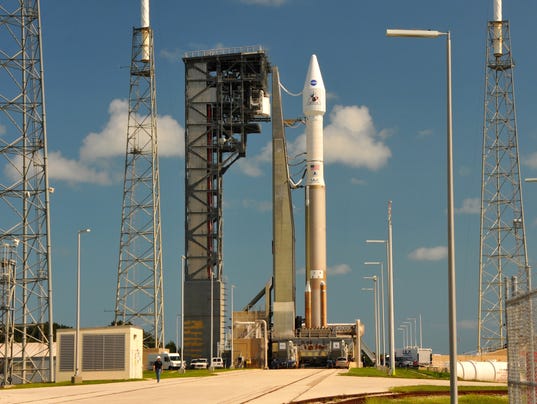
This is going to be a new challenge for the space agency since it is the smallest object they have attempted to orbit a craft around. At Bennu’s widest point the space rock is only 1,614 feet across. For comparison this is just nearly the size of the Empire State Building.
Once mapping is complete it will approach the astroid and collect a sample of the rocks surface material before voyaging back to Earth for analysis. But OSIRIS-REX will not be landing on Bennu. Instead the spacecraft has been equipped with multiple thrusters and 28 separate engines. These will help controllers maneuver the craft close enough to collect the sample.
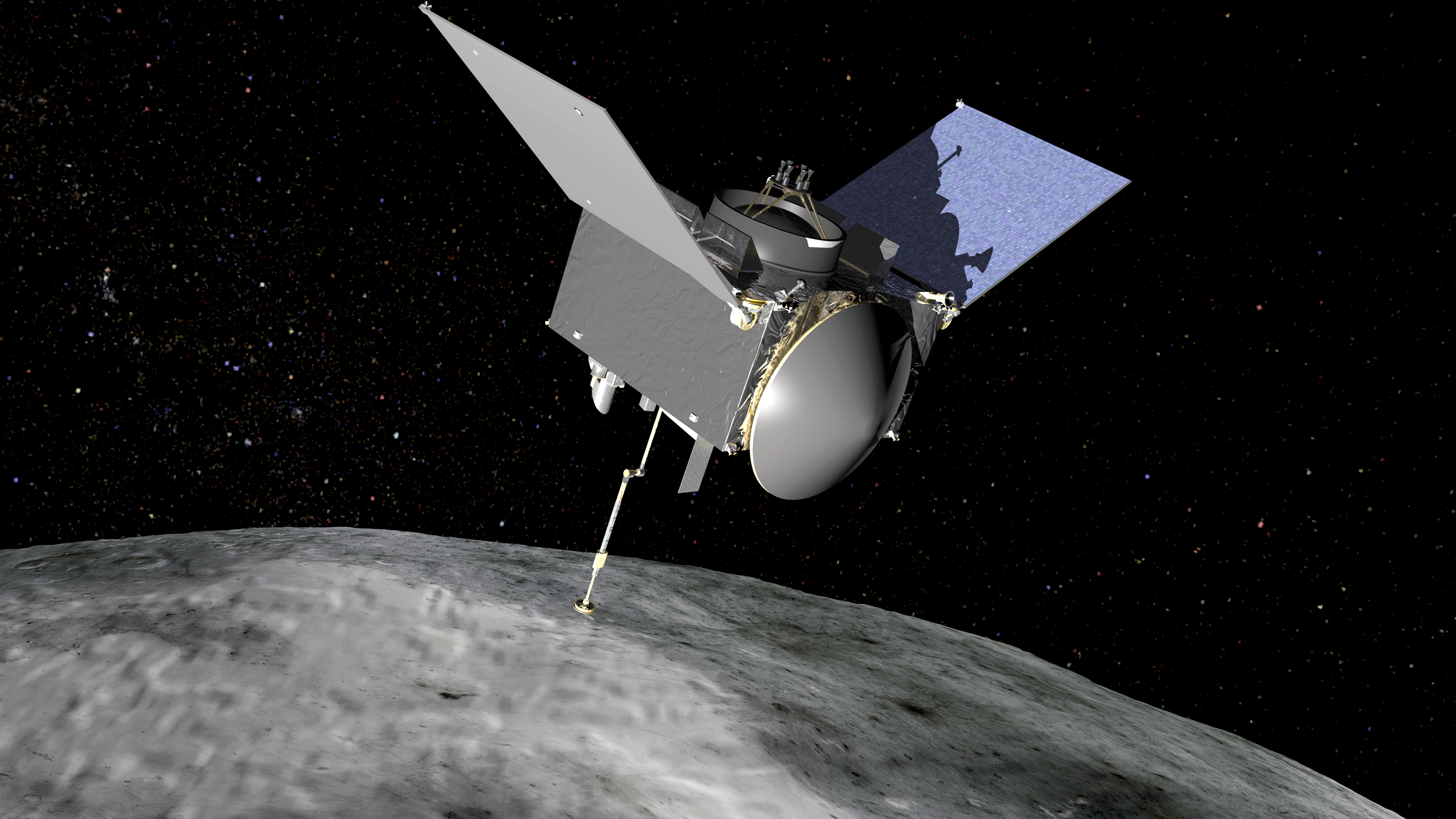
Of the many involved in the mission Jeffrey Grossman is specifically excited about the data that could possibly be collected from the astroid. He told CNN, “I’m really excited. I can’t wait to get to the asteroid. We’re going to learn so much about the solar system from studying this asteroid and getting a sample back.”
Jeffery Grossman is right to be excited. If the OSIRIS-REx mission is a success, if it is able to make the two year journey and collect a substantial sample from the rocky surface of Bennu it will be the most successful mission of it’s kind since the Apollo era.
Moreover what we learn from the OSIRIS-REx Mission could shape how we interact with Potentially Dangerous Astroids in the future and how learn to protect ourselves from their potentially deadly impact.

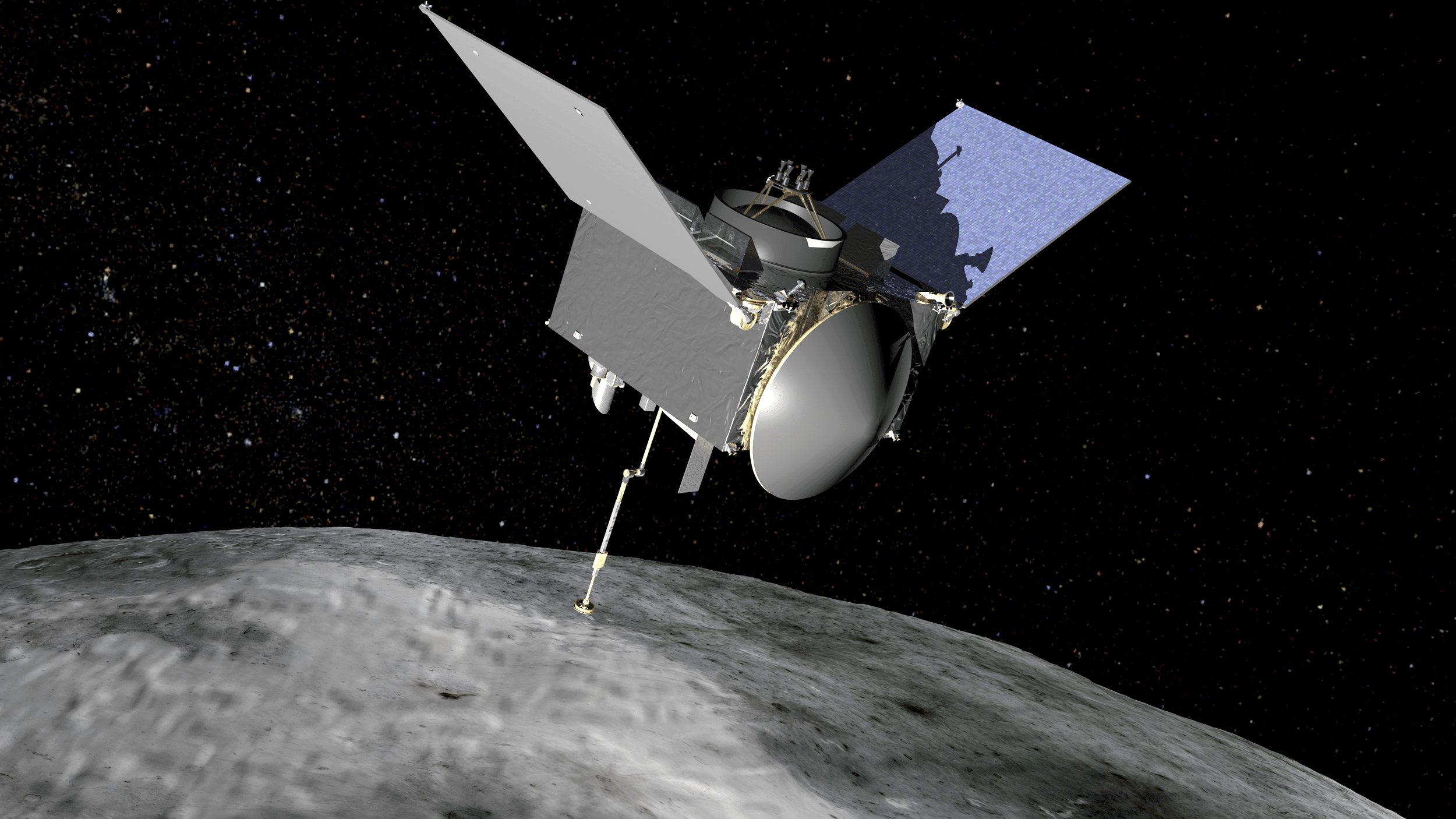









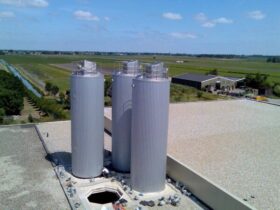

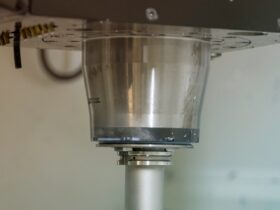
Leave a Reply